Browse "Military"
-
Article
Guelph in the First World War
Guelph, Ontario, was typical of small Canadian cities during the First World War. Of its population of about 16,000, more than a third, 5,610, volunteered for military service; 3,328 were accepted. Today, 216 of their names are engraved on the city’s cenotaph. While Guelphites served overseas, the war had a profound and lasting effect on their hometown — an experience that provides an insight into wartime Canada.
"https://d2ttikhf7xbzbs.cloudfront.net/media/media/e38f8065-b481-40c7-9d21-690d7e0a84dc.jpg" // resources/views/front/categories/view.blade.php
https://d2ttikhf7xbzbs.cloudfront.net/media/media/e38f8065-b481-40c7-9d21-690d7e0a84dc.jpg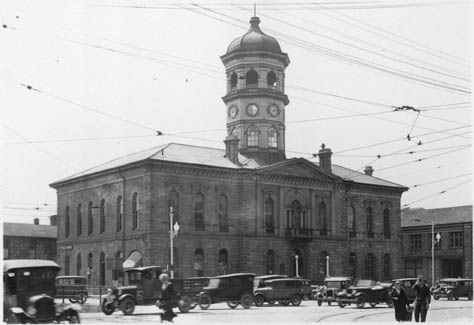
-
Article
HMCS Haida
The HMCS Haida is a “Tribal” Class destroyer that served in the Second World War and the Korean War. It is a National Historic Site operated by Parks Canada and is moored in Hamilton Harbour. The Haida is known as Canada’s “fightingest” warship.
"https://d2ttikhf7xbzbs.cloudfront.net/media/media/bdd8f002-5a0f-4adb-adc2-9afecd1e4bb1.jpg" // resources/views/front/categories/view.blade.php
https://d2ttikhf7xbzbs.cloudfront.net/media/media/bdd8f002-5a0f-4adb-adc2-9afecd1e4bb1.jpg
-
Article
Halifax Citadel
The general introduction of rifled artillery (with greater range and accuracy than earlier guns) shortly after completion of the Citadel rendered the costly installation obsolescent. It was partially rearmed in the 1860s and 1870s, and continued in use as a barracks into the 20th century.
"https://d2ttikhf7xbzbs.cloudfront.net/media/media/2a4ab68a-776a-430a-9155-c6d6ae17697b.jpg" // resources/views/front/categories/view.blade.php
https://d2ttikhf7xbzbs.cloudfront.net/media/media/2a4ab68a-776a-430a-9155-c6d6ae17697b.jpg
-
Article
Halifax-class Frigates
The Halifax class of helicopter-carrying frigates (FFH) are multi-purpose warships of the Royal Canadian Navy (RCN). There are 12 ships in the class. They were conceived in the 1970s as a replacement of the St Laurent and related classes of destroyer escorts, to provide antisubmarine warfare (ASW) protection for the fleet. The Halifax class entered service in the early 1990s, just after the end of the Cold War, and proved instead to be highly versatile general-purpose warships. Due to a major class-wide modernization project completed in the 2010s, they remain the backbone of the RCN surface fleet. The Halifax class will be replaced in the 2030s by the Canadian Surface Combatant (CSC) ships announced in 2019.
"https://d2ttikhf7xbzbs.cloudfront.net/Navy/HMCSVancouver.jpg" // resources/views/front/categories/view.blade.php
https://d2ttikhf7xbzbs.cloudfront.net/Navy/HMCSVancouver.jpg
-
Article
Hawker Hurricane
The Hawker Hurricane was a combat aircraft of the 1930s and 1940s, designed by the British aircraft manufacturer Hawker Aircraft Ltd. The Hurricane was one of the principal combat aircraft that defended the United Kingdom during the Battle of Britain. This fighter plane played a pivotal role in the Second World War, primarily serving with the Royal Air Force, Royal Navy, Royal Canadian Air Force and Soviet Air Force. The Hurricane was mass-produced, with over 14,000 examples manufactured from 1937 to 1944. The Hurricane was produced in the United Kingdom and in Canada, with 1,451 examples built at the Canadian Car & Foundry plant, which was located in Fort William (now Thunder Bay), Ontario. Hurricane production in Canada lasted from 1938 to 1943 and was overseen by Elsie MacGill, the first woman in Canada to earn a master’s degree in aeronautical engineering. MacGill was popularly known as the “Queen of the Hurricanes” for overseeing the rapid production of the aircraft. At the height of production, the Canadian Car & Foundry plant produced 15 new aircraft each week.
"https://d2ttikhf7xbzbs.cloudfront.net/HawkerHurricane/Hurricane_a063534-v8.jpg" // resources/views/front/categories/view.blade.php
https://d2ttikhf7xbzbs.cloudfront.net/HawkerHurricane/Hurricane_a063534-v8.jpg
-
Collection
Heritage Minutes
The Heritage Minutes collection is a bilingual series of history-focused public service announcements. Each 60-second short film depicts a significant person, event or story in Canadian history. They are produced by Historica Canada, the not-for-profit organization that also publishes this encyclopedia. First released in 1991, the Heritage Minutes have been shown on television, in cinemas and online. They have become a recognizable part of Canadian culture. The collection currently includes 100 episodes.
"https://d2ttikhf7xbzbs.cloudfront.net/media/media/1bfa3d45-2952-4f79-b7d4-4c6cb6601164.jpg" // resources/views/front/categories/view.blade.php
https://d2ttikhf7xbzbs.cloudfront.net/media/media/1bfa3d45-2952-4f79-b7d4-4c6cb6601164.jpg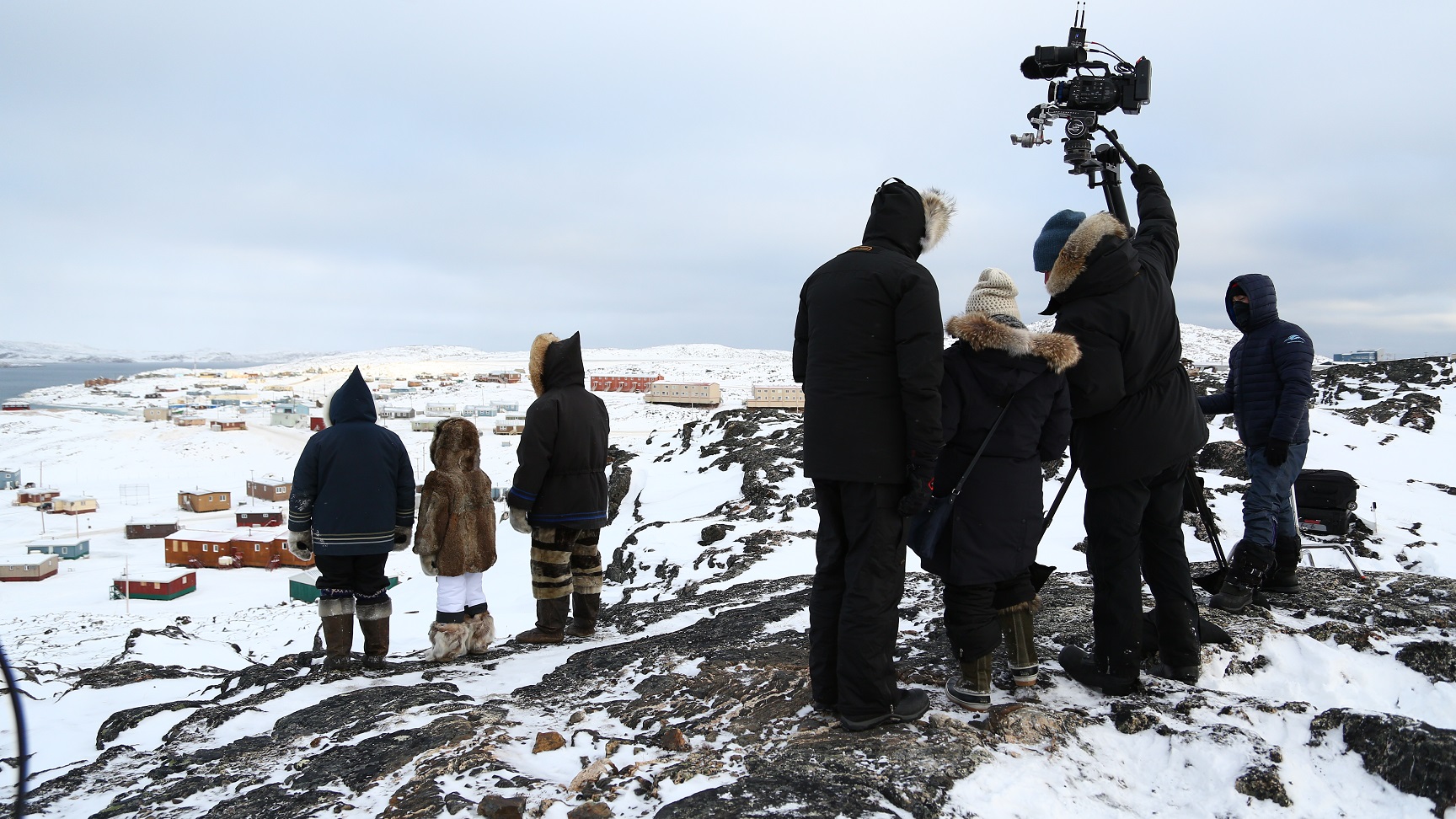
-
Article
Battle for Hill 70
The capture of Hill 70 in France was an important Canadian victory during the First World War, and the first major action fought by the Canadian Corps under a Canadian commander. The battle, in August 1917, gave the Allied forces a crucial strategic position overlooking the occupied city of Lens.
"https://d2ttikhf7xbzbs.cloudfront.net/media/media/60c335ab-7325-4faf-b25a-e2197d6da9b6.jpg" // resources/views/front/categories/view.blade.php
https://d2ttikhf7xbzbs.cloudfront.net/media/media/60c335ab-7325-4faf-b25a-e2197d6da9b6.jpg
-
Article
Hill 70 and Canadian Independence
Canada’s war of independence was the First World War. Unlike the Americans, our war of independence was not fought against the country from which we became independent, but alongside it. We started the war as a colony of Britain and ended it as an ally. The remarkable performance of the Canadian Corps and its first Canadian commander made these gains in autonomy possible.
"https://d2ttikhf7xbzbs.cloudfront.net/media/media/9dd8ed5e-dc70-4b32-a4d8-bbe7a5207248.jpg" // resources/views/front/categories/view.blade.php
https://d2ttikhf7xbzbs.cloudfront.net/media/media/9dd8ed5e-dc70-4b32-a4d8-bbe7a5207248.jpg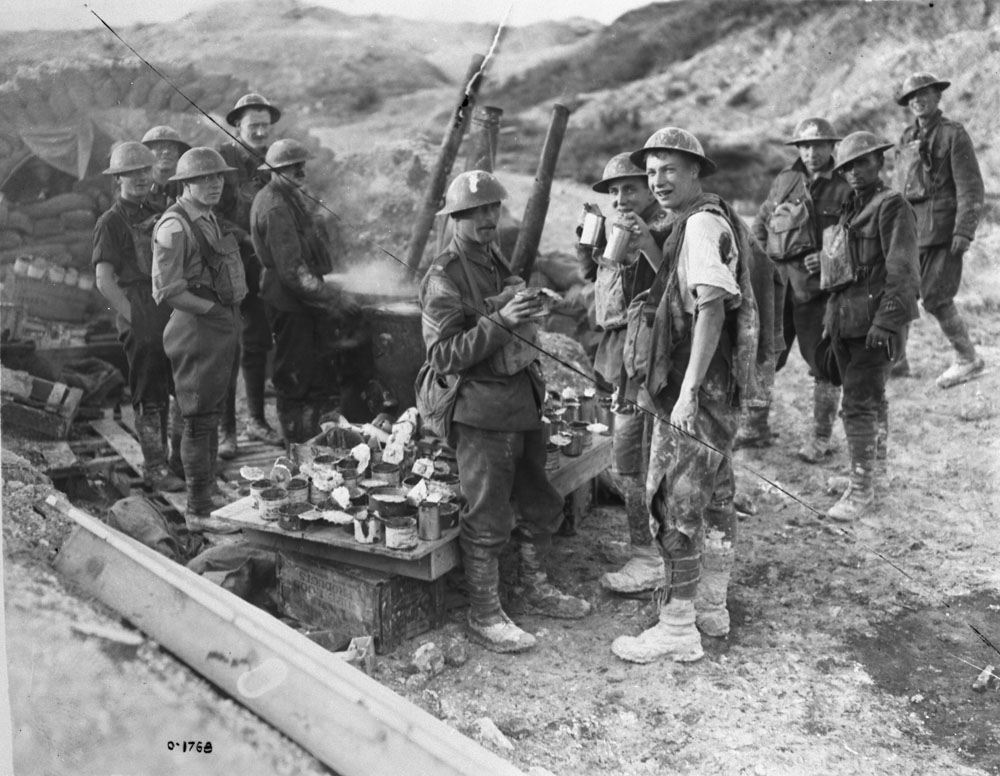
-
Article
Hindenburg Line
Hindenburg Line (Siegfried-Stellung), a system of fortified and entrenched reserve positions stretching 80 km southeast from Arras to Soissons, France, built by the Germans in the winter of 1916-17.
"https://development.thecanadianencyclopedia.ca/images/tce_placeholder.jpg?v=e9dca980c9bdb3aa11e832e7ea94f5d9" // resources/views/front/categories/view.blade.php
https://development.thecanadianencyclopedia.ca/images/tce_placeholder.jpg?v=e9dca980c9bdb3aa11e832e7ea94f5d9
-
Article
History of the Armed Forces in Canada
The armed forces are the land, naval and air forces commanded by the federal government for the purpose of defending Canada's security, protecting its citizens, and promoting its strategic interests at home or abroad. The armed forces have evolved since colonial times from small, local militia units to the modern professional military forces of today.
"https://d2ttikhf7xbzbs.cloudfront.net/media/media/27bfbefd-a613-47df-bd35-5e01ef6511ae.jpg" // resources/views/front/categories/view.blade.php
https://d2ttikhf7xbzbs.cloudfront.net/media/media/27bfbefd-a613-47df-bd35-5e01ef6511ae.jpg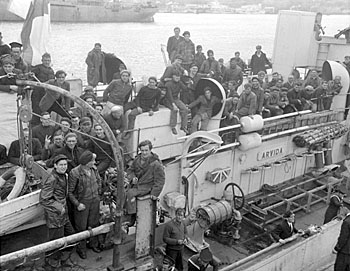
-
Article
HMCS Conestoga
HMCS Conestoga was a basic training establishment for the Women’s Royal Canadian Naval Service (WRCNS) during the Second World War. Located in Galt, Ontario, it operated from 1942 to 1945. Of nearly 6,800 women who served in the WRCNS, most trained at Conestoga.
"https://d2ttikhf7xbzbs.cloudfront.net/media/new_article_images/IsabelMacneill/WRCNS at Conestoga.jpg" // resources/views/front/categories/view.blade.php
https://d2ttikhf7xbzbs.cloudfront.net/media/new_article_images/IsabelMacneill/WRCNS at Conestoga.jpg
-
Article
HMCS Kootenay Disaster
HMCS Kootenay was a destroyer in the Canadian Navy. In 1969, an accident at sea killed 9 sailors and injured 53 others. It was the worst peacetime disaster in the history of the navy.
"https://d2ttikhf7xbzbs.cloudfront.net/media/media/ced5f338-fcf3-463a-9627-1da6d7794b5e.jpg" // resources/views/front/categories/view.blade.php
https://d2ttikhf7xbzbs.cloudfront.net/media/media/ced5f338-fcf3-463a-9627-1da6d7794b5e.jpg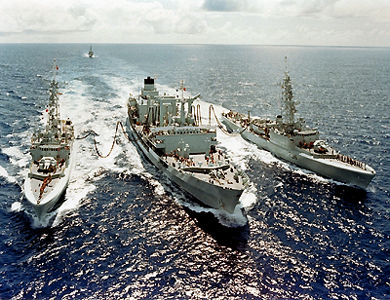
-
Article
HMCS Sackville
HMCS Sackville is the last surviving corvette used by the Royal Canadian Navy in the Second World War. The warship was one of 123 Canadian corvettes that escorted supply convoys crossing the North Atlantic during the Battle of the Atlantic, the longest running battle of the war. In 1985, HMCS Sackville was designated Canada’s Naval Memorial.
"https://d2ttikhf7xbzbs.cloudfront.net/media/media/6ac77be5-a78f-4d5f-9eb2-e35fe40b148e.jpg" // resources/views/front/categories/view.blade.php
https://d2ttikhf7xbzbs.cloudfront.net/media/media/6ac77be5-a78f-4d5f-9eb2-e35fe40b148e.jpg
-
Article
HMS Shannon
HMS Shannon was a fully-rigged, 38-gun Leda-class frigate, one of the largest frigates built for the Napoleonic Wars. It had two decks, with the main armaments on the upper deck, and could take on a complement of 330 men.
"https://d2ttikhf7xbzbs.cloudfront.net/media/media/f5005028-c1cf-45af-89ab-badff7bc77bd.jpg" // resources/views/front/categories/view.blade.php
https://d2ttikhf7xbzbs.cloudfront.net/media/media/f5005028-c1cf-45af-89ab-badff7bc77bd.jpg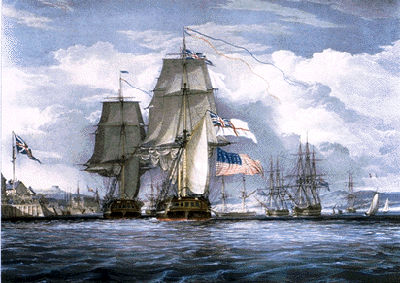
-
Article
HMS Shannon versus USS Chesapeake, War of 1812
HMS Shannon and the USS Chesapeake fought one of the most celebrated naval battles of the WAR OF 1812. On 1 June 1813, the two ships met 20 nautical miles (37 km) east of Boston lighthouse, between Cape Ann and Cape Cod.
"https://development.thecanadianencyclopedia.ca/images/tce_placeholder.jpg?v=e9dca980c9bdb3aa11e832e7ea94f5d9" // resources/views/front/categories/view.blade.php
https://development.thecanadianencyclopedia.ca/images/tce_placeholder.jpg?v=e9dca980c9bdb3aa11e832e7ea94f5d9
